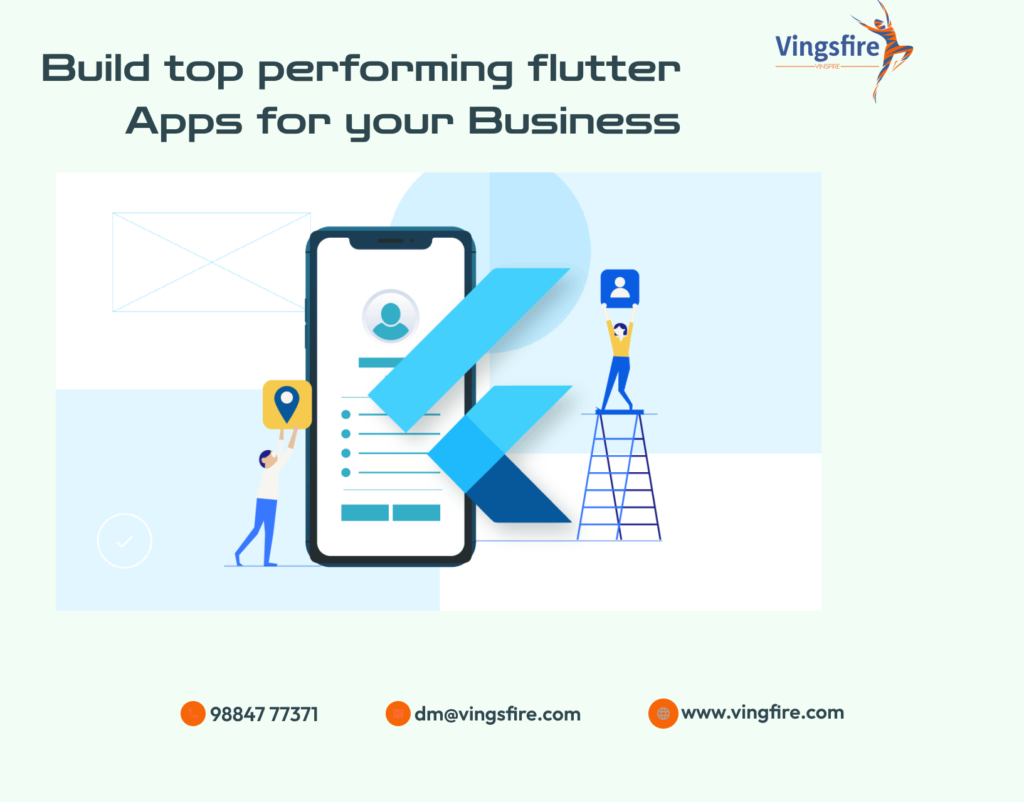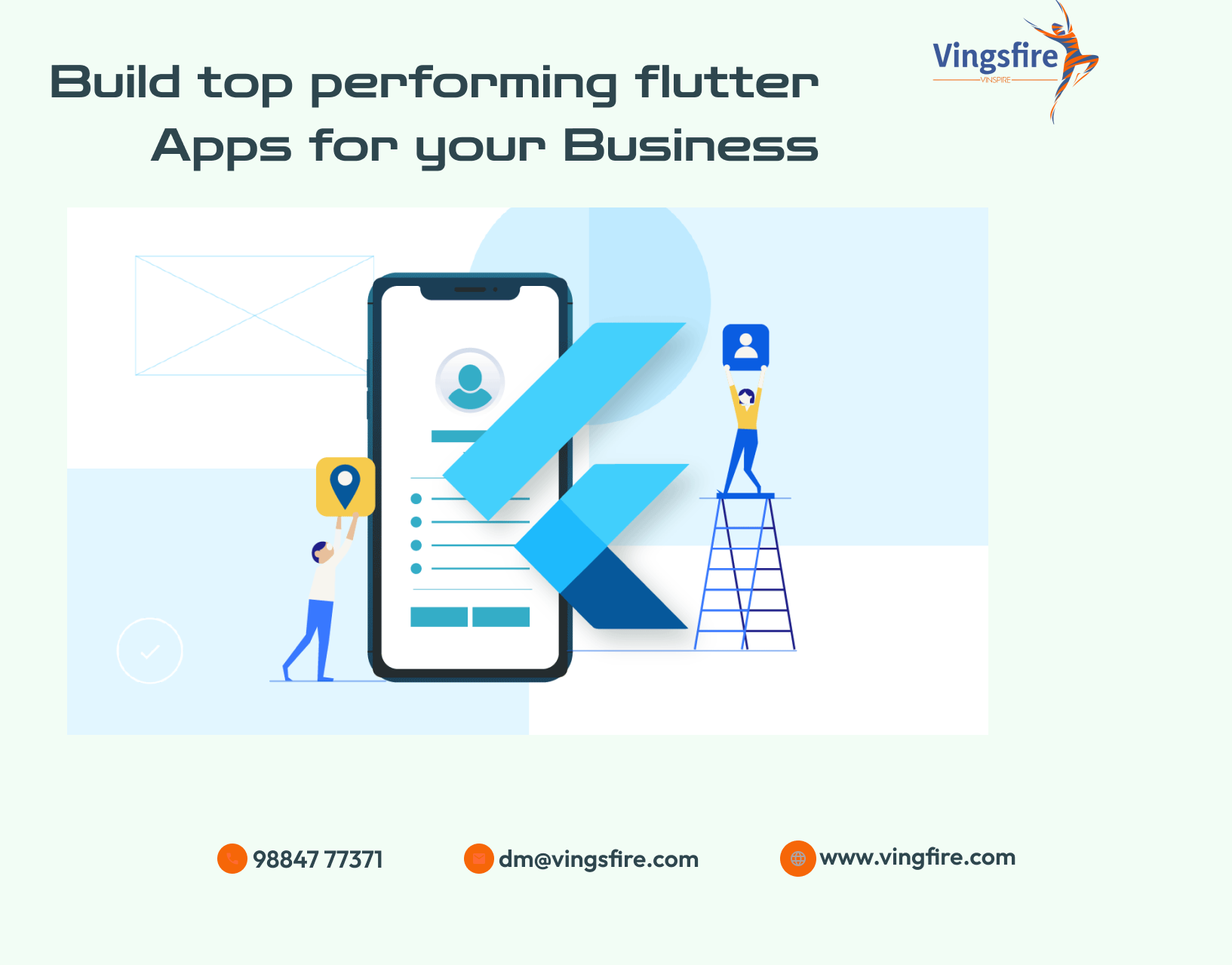
Unveiling the Power of Flutter: A Comprehensive Guide to Application Development Introduction to Flutter, a revolutionary open-source UI software development kit created by Google, has rapidly gained popularity for its ability to build stunning and high-performance applications across various platforms. With Flutter, developers can craft visually appealing and feature-rich apps for mobile, web, and desktop from a single codebase.
In this guide, we will explore the fundamentals of Flutter application development, covering everything from setting up the development environment to deploying the final product. Getting Started with Flutter To embark on your Flutter journey, the first step is to set up your development environment. Begin by downloading and installing the Flutter SDK, which includes command-line tools for creating and managing Flutter projects. Additionally, you’ll need to choose an Integrated Development Environment (IDE) such as Android Studio or Visual Studio Code, both of which offer excellent support for Flutter development.
Once you’ve installed the necessary tools, configure your IDE to recognize the Flutter SDK and ensure seamless integration with your development workflow. Understanding Flutter Widgets and UI Design At the heart of Flutter lies its robust widget system, which forms the building blocks of user interfaces. Flutter widgets are highly customizable and can adapt to various screen sizes and device orientations, making them ideal for creating responsive layouts. Whether you’re designing a simple button or a complex scrollable list, Flutter provides an extensive collection of pre-built widgets to suit your needs. Additionally, Flutter’s expressive UI design language enables developers to create visually stunning interfaces with smooth animations and transitions.
State Management in Flutter Managing application state is a critical aspect of Flutter development, especially in complex applications with dynamic user interfaces. Flutter offers various state management techniques, including setState(), Provider, Bloc, and Redux, each catering to different levels of complexity and scalability. By effectively managing state, developers can ensure that their apps remain responsive and reactive to user interactions, leading to a seamless user experience. Working with Data in Flutter Apps In many applications, interacting with external data sources is essential for fetching and displaying information to users. Flutter provides robust packages and libraries for working with data, including HTTP requests, local storage, and database integration. Whether you’re fetching data from a RESTful API or storing user preferences locally, Flutter offers comprehensive solutions for handling data in your applications. Handling User Input and Navigation User input and navigation are core components of any interactive application. In Flutter, developers can capture user input using various input widgets such as text fields, buttons, and sliders. Additionally, Flutter provides a powerful navigation system that allows users to move between different screens within an app seamlessly. Whether you’re implementing a simple form or a multi-level navigation hierarchy, Flutter’s navigation capabilities make it easy to create intuitive user experiences.
Advanced Topics in Flutter Application Development As you become more proficient in Flutter development, you may encounter advanced topics that require deeper understanding and expertise. These topics may include custom animations, platform-specific integrations, performance optimization, and internationalization. While mastering these advanced topics may take time and practice, they can greatly enhance the quality and functionality of your Flutter applications, enabling you to deliver truly exceptional user experiences. Building and Packaging Flutter Apps Once you’ve completed development and testing, the next step is to build and package your Flutter app for distribution. Flutter provides robust tools for building, compiling, and packaging applications for various target platforms, including Android, iOS, web, and desktop.
By following Flutter’s best practices for building and packaging apps, you can ensure that your application is optimized for performance, security, and compatibility across different devices and operating systems. Deploying Flutter Apps to App Stores After packaging your app, you’re ready to deploy it to the relevant app stores for distribution to users. Whether you’re targeting the Google Play Store for Android or the Apple App Store for iOS, Flutter provides comprehensive documentation and tools for app deployment. From generating signing keys to preparing app listings and submitting for review, Flutter streamlines the app deployment process, allowing developers to reach a global audience with their applications.
Conclusion: Empowering Developers with Flutter In conclusion, Flutter represents a paradigm shift in application development, offering developers unprecedented flexibility, efficiency, and productivity. With its intuitive UI framework, expressive design language, and powerful features, Flutter empowers developers to create stunning and performant applications across multiple platforms with ease. Whether you’re a seasoned developer or just starting your journey, Flutter provides a comprehensive toolkit for building next-generation applications that delight users and drive business success.

